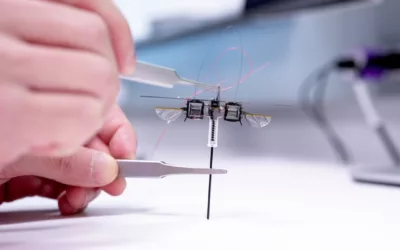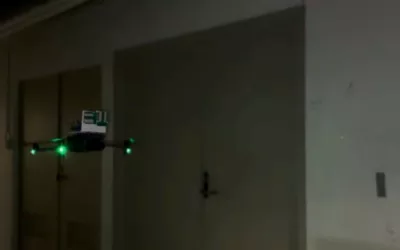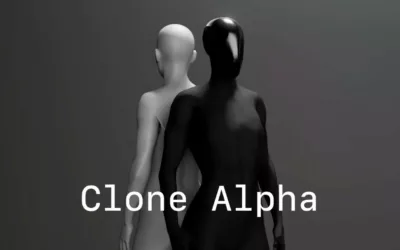MIT News published an article today about the challenges associated with robots executing complex manipulation tasks. Unlike humans who effortlessly utilize their entire body for manipulation, robots struggle to grapple with these tasks. MIT researchers reportedly discovered a solution that could improve the performance of robots in this area. The researched AI-driven approach involves a technique known as smoothing, which streamlines the planning process for contact-rich manipulation tasks, enabling robots to devise effective manipulation strategies.
The AI technique, referred to as smoothing, facilitates the condensation of numerous potential contact events into a manageable number of decisions. This approach empowers even a simple algorithm to expedite the identification of optimal manipulation plans for robots. This approach could potentially pave the way for smaller, more agile factory robots capable of full-body manipulation. Such robots could replace the need for larger, costlier robotic arms limited to fingertip grasping, leading to reduced energy consumption and cost savings.
H.J. Terry Suh, an electrical engineering and computer science graduate student and co-lead author of the research paper, emphasizes the opportunity to accelerate decision-making by leveraging the structure of robotic systems through models. The study’s co-lead author Tao Pang, a roboticist at Boston Dynamics AI Institute, along with other researchers, conducted this study. Their findings are detailed in a paper published in IEEE Transactions on Robotics.
Delving deeper into the methodology, the researchers explored the concept of reinforcement learning—a machine-learning technique that enables robots to learn tasks through trial and error. However, the trial-and-error approach’s computational demands for contact-rich manipulation planning are monumental due to the countless potential contact points robots must consider.
In contrast, the team’s approach combines reinforcement learning with physics-based modeling and smoothing. By designing a model rooted in an understanding of the system and task, the researchers enhance efficiency. Smoothing, a technique that trims away less consequential decisions, was identified as a key factor in the success of this approach. It aids in filtering out superfluous adjustments, enabling the focus on crucial robot-object interactions and long-term predictions. This method, alongside a rapid decision-search algorithm, significantly reduces computation time.
While this approach holds promise, it’s important to note that the current model’s simplicity restricts its application to slower manipulation tasks. Highly dynamic motions, such as objects in freefall, remain beyond its capabilities. The researchers, however, express a commitment to refining their technique to encompass these dynamic scenarios.








